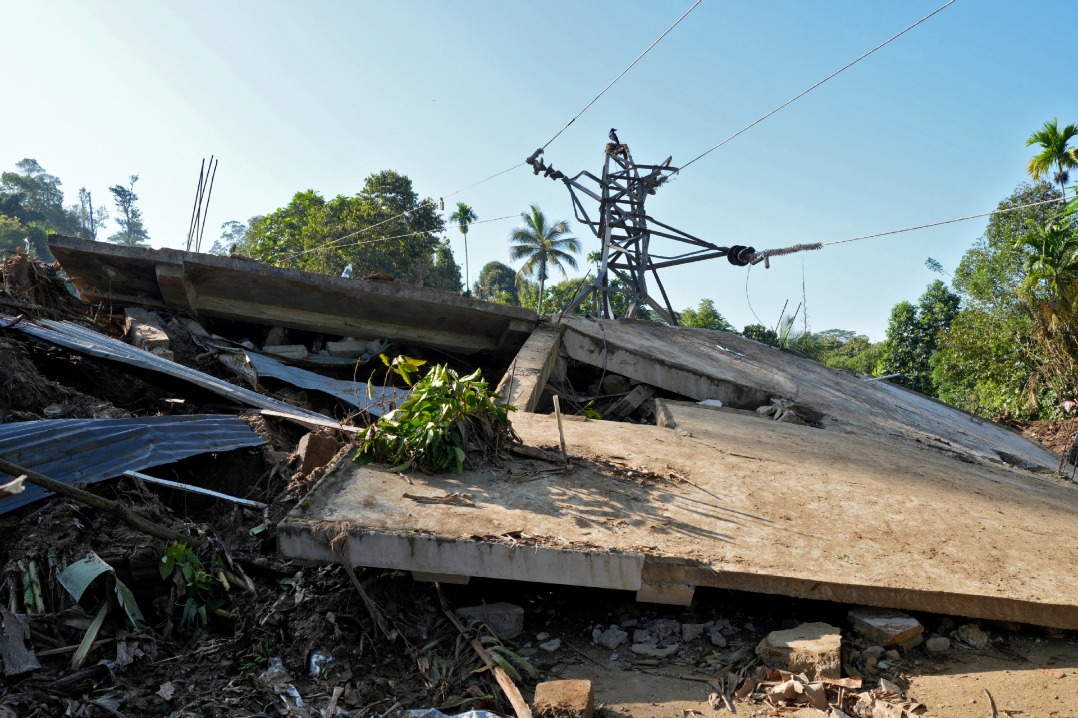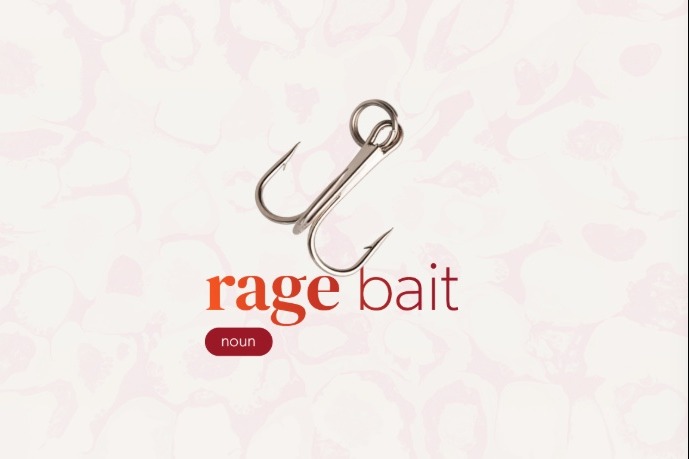Prolonged conflict batters economies of Russia, Ukraine, hinders world recovery


Global recession feared
The European countries have been hard hit by the spill-over effects of the conflict, suffering under painfully high energy prices. As the share of Russian natural gas supply on the European market fell from 40 percent last year to 9 percent this year, European countries have been forced to buy much more expensive American liquefied natural gas.
Moreover, the soaring energy prices are forcing a large number of European energy-intensive plants to curtail or even terminate production, which is a sign of expanding deindustrialization in Europe. If the trend continues, the industrial structure of Europe may be eroded for good, industry observers have warned.
For the world economy, the Ukrainian crisis was the "single most important negative factor" this year, and likely the next, IMF Managing Director Kristalina Georgieva said in November.
The Organization for Economic Cooperation and Development predicted in November that the world economy would grow 3.1 percent this year and 2.2 percent next year. The IMF forecast that growth in 2023 would slow down to 0.5 percent in the eurozone and 1 percent in the United States.
World Bank President David Malpass warned that the Russia-Ukraine conflict and its impact on food and energy prices and the availability of fertilizers could trigger a global recession. Developing countries would be hit even harder.
Meanwhile, with the fallout from the crisis wrecking havoc on the world, Washington is busy pocketing billions by selling massive weaponry and overpriced fuel to its European allies.
Since late February, European Union countries have pledged to beef up their arsenals by some $230 billion, US media outlet Politico reported in October. The American arms industry has been a significant beneficiary.
Eighty-seven cargo ships departed from US ports in September carrying 6.3 million tons of liquefied natural gas, and almost 70 percent of that cargo headed to Europe, Refinitiv Eikon data showed. According to various European media outlets, each vessel can result in $100 million of profit.
































